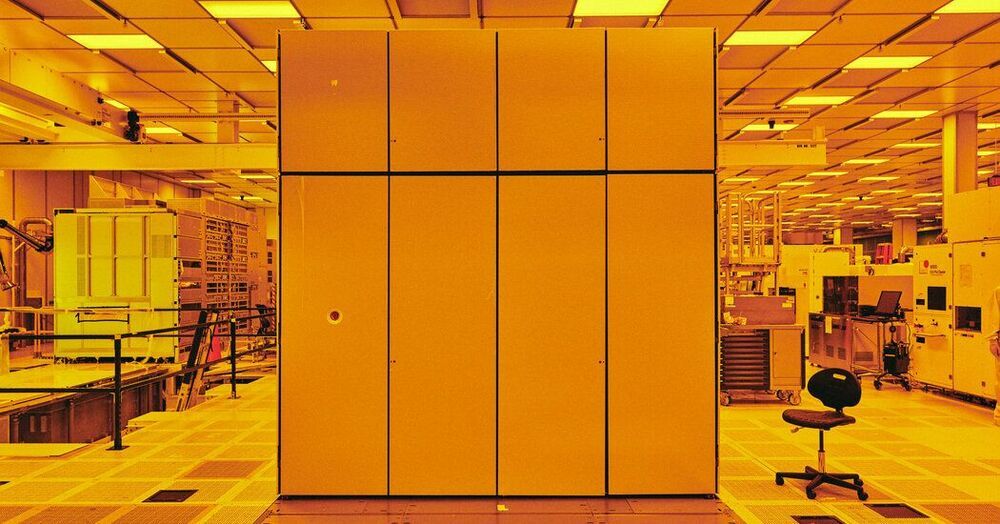NASA and its commercial and international partners are building Gateway to support science investigations and enable surface landings at the moon, the agency said in a statement.
Northrop Grumman will be responsible for attaching and testing the integrated quarters with a solar propulsion module being developed.
Eight countries have signed an international pact for moon exploration as a part of NASA’s Artemis program as the U.S. space agency tries to shape standards for building long-term settlements on the lunar surface.





